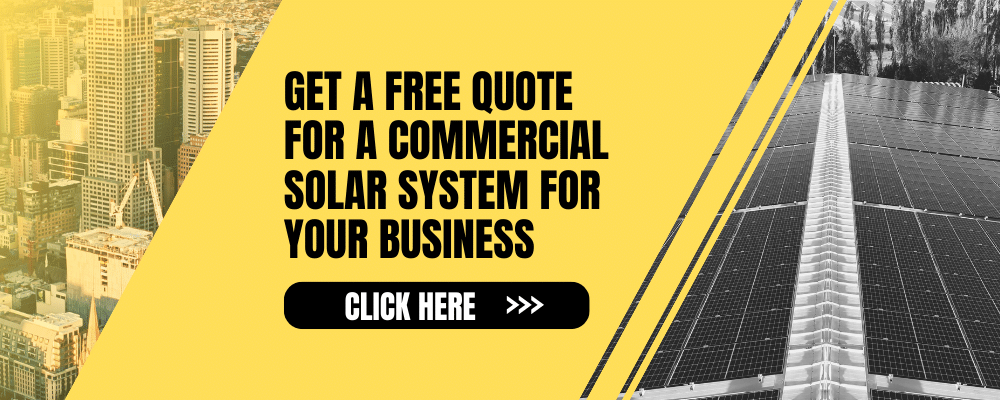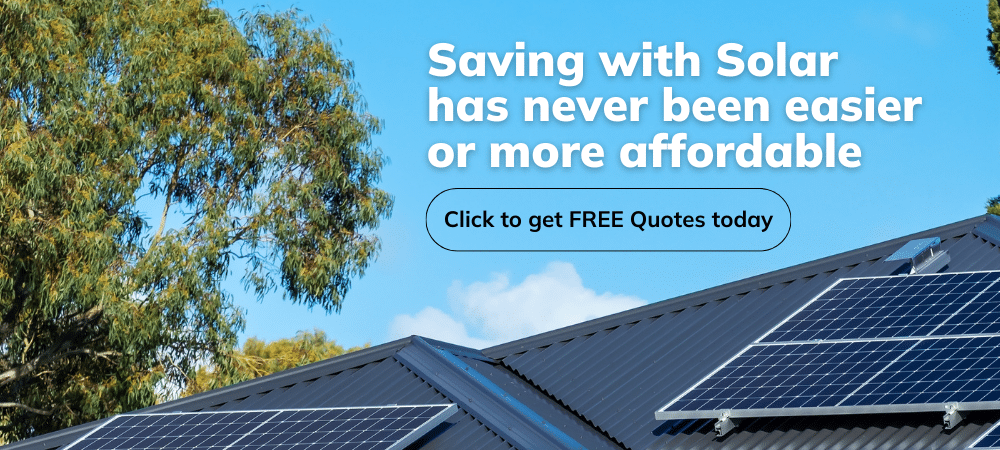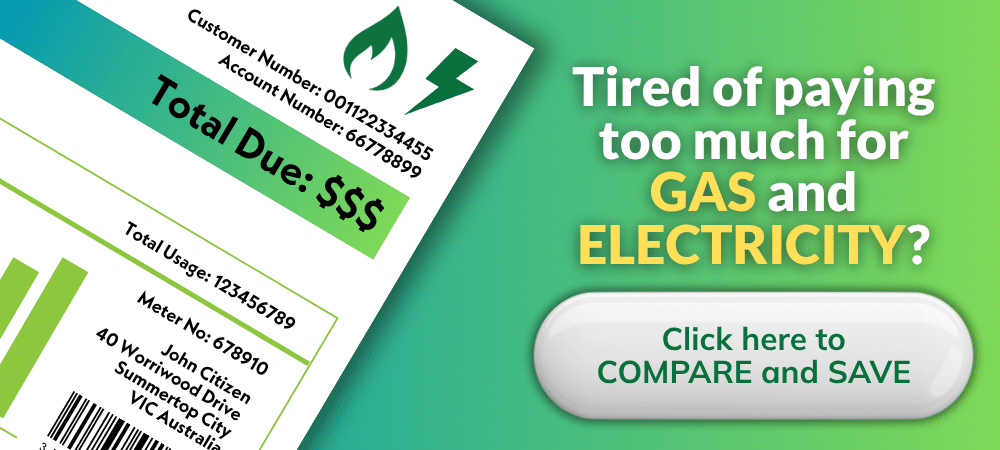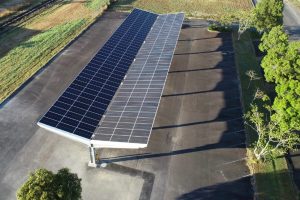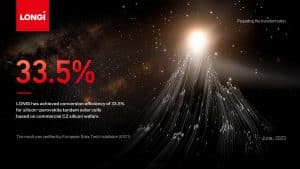Solar panels are sold on a simple idea: more sun equals more power. In theory, summer seems like the ideal time for solar to shine because of the long daylight hours, strong sunshine, and endless clear skies. However, for many, especially those living in the hotter regions, the reality isn’t so clear-cut.
In solar, more heat doesn’t always mean more energy. In fact, high summer temperatures can hold your system back. Once you understand why, it changes how you plan, monitor, and get the most from your solar investment all year round.
The real impact of heat on solar performance
Most people think of solar panels as heat-loving devices. But they’re light-converting machines, not heat-generating ones. They perform best under bright, direct sunlight at moderate temperatures. Once panel surface temperatures start rising well above 25 °C, their efficiency starts falling.
This efficiency loss happens at the cell level. As heat builds up inside the panel, the voltage output drops. In practical terms, the higher the ambient temperature, the more energy is lost in conversion. If your roof’s ambient temp hits 60 °C, the drop in panel performance can be significant.
What this means is that the hottest part of the day often delivers less usable energy than expected. You’re getting sunlight, but your panels are working harder and producing less.
The illusion of summer performance
It’s easy to assume that longer days equal better output. And it’s true that total daily generation in summer is typically higher than in winter. However, this can hide the issue: output doesn’t always line up with need, and inefficiency during high-use times (like midday air conditioning) can undercut the benefits.
For business owners, the mismatch can be even sharper. If operations peak during the hottest hours of the day, and panel output is struggling under thermal pressure, the gap between supply and demand widens. Many businesses end up drawing more power from the grid than expected during summer, despite having strong solar coverage.
Why winter deserves a closer look
Winter tends to get dismissed as a low-yield season with fewer daylight hours, less intense sun, and a general assumption of poor performance. But depending on where you live and how your system is set up, winter can outperform expectations.
Cooler temperatures help solar panels operate more efficiently. On clear, sunny winter days, panels often convert sunlight into electricity more effectively than during the overheated summer months. You might get fewer total kilowatt-hours in a day, but the system is working closer to its peak potential.
In states like South Australia, Victoria, and parts of New South Wales, winter conditions are often dry, bright, and crisp. These are ideal conditions for photovoltaic systems.
Design choices that matter
The seasonal performance of a solar system isn’t just about weather, but about design. Tilt angle, orientation, airflow beneath the panels, and even roof material all affect how well your system copes with seasonal extremes.
· Tilt angle can help maximise solar exposure in low winter sun or mitigate overheating in summer. A steeper tilt often benefits winter, while a flatter angle suits high sun positions but may cause more heat buildup.
· Ventilation matters. Panels mounted too close to the roof can trap hot air underneath, increasing cell temperatures. Proper spacing allows airflow that cools the underside of the array, helping regulate heat.
· Roof material plays a role, too. Darker, high-thermal-mass materials retain heat longer and raise panel temperatures. Lighter materials may help reduce heat absorption overall.
Understanding these will give you more control when planning or upgrading a system, especially if you want to optimise output across all seasons, not just the summer spike.
The risks of over-relying on summer
If you assume summer will cover all your energy needs, you might be disappointed, especially if your system is undersized, aging, or poorly ventilated. A summer-heavy mindset can also lead to blind spots in winter planning. For example, if you don’t account for lower seasonal generation, you may overspend on grid energy during colder months.
Battery systems, energy monitoring tools, and usage adjustments are all critical parts of a long-term solar strategy, but they only work well if your system performs predictably. If summer efficiency is dropping without you realising it, your whole plan could be off track.
The smarter approach: Monitor and adapt
The best way to understand how your system handles seasonal changes is through performance monitoring. Don’t just rely on installer estimates or yearly averages. Look at actual generation data month by month, season by season.
Modern inverters and solar apps give you access to real-time performance insights. Watch for any consistent summer dips or underperformance during heat waves. If the pattern shows that your panels are lagging when the mercury rises, it may be time to consider changes, whether it’s panel cleaning, adding ventilation, or upgrading to heat-tolerant panel modules.
For businesses, data-driven solar management can inform operational decisions. Running high-energy equipment earlier in the day or later in the afternoon, when temperatures are lower, may yield better results.
Summer may look like the obvious hero of your solar story, but once you dig into the data, the picture gets more complicated. Heat puts stress on panels, and longer days don’t always equal more usable power. Meanwhile, winter, often dismissed, can quietly outperform expectations, particularly in cooler, sun-rich regions.
A solar investment is only as strong as your understanding of how it behaves in real conditions. By recognising the limitations of summer performance and embracing year-round optimisation, homeowners and businesses can get more out of every season and every kilowatt.








